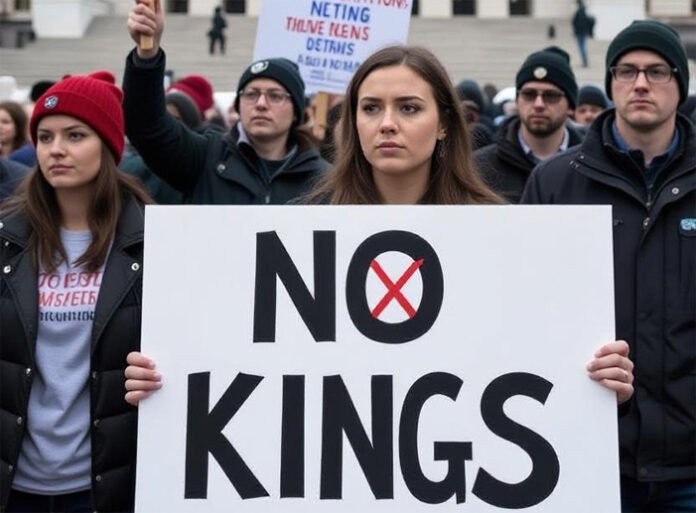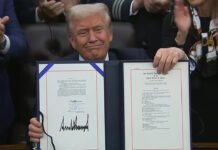Washington, D.C. | November 5, 2025 — Breaking Political News
The U.S. government shutdown entered a record-breaking duration on Tuesday after the Senate failed once again to approve a short-term funding resolution.
The deadlock between Democrats and Republicans has deepened, leaving federal agencies paralyzed and millions of Americans feeling the strain.
⚖️ Senate Vote Fails Amid Deep Partisan Divide
In a late-night session, the Senate rejected a continuing resolution (CR) that would have temporarily funded federal operations.
The vote — 48 to 50 — fell short of the 60 votes required to advance under filibuster rules, despite last-minute appeals for bipartisanship.
“This impasse is unnecessary and harmful to the American people,” said Senate Majority Leader Chuck Schumer, accusing Republicans of holding the budget “hostage” over spending cuts and border security amendments.
Republican lawmakers countered that Democrats had “refused to negotiate on fiscal restraint,” with Minority Leader Mitch McConnell calling the standoff “a crisis of leadership, not legislation.”
💰 SNAP Benefits Continue Under Contingency Funding
With most federal programs shuttered, the U.S. Department of Agriculture (USDA) announced that partial SNAP (food assistance) benefits would continue temporarily through emergency contingency funds.
Officials warned, however, that these funds could run out within two weeks if Congress fails to pass a full spending package.
Other services — including national parks, passport processing, and small business loans — remain suspended, while hundreds of thousands of federal workers face continued furloughs or delayed paychecks.
🔥 Rising Public Frustration and Political Blame Game
Public frustration is mounting as the shutdown stretches beyond previous records set in 2018–19.
Protests have erupted in Washington, D.C., and several major cities as union leaders demand an end to the gridlock.
“Every day this continues, real people suffer — workers, families, and communities,” said AFGE President Everett Kelley, representing over 700,000 federal employees.
Democrats blame House conservatives for obstructing a bipartisan deal, while Republicans accuse the White House of overspending and failing to curb inflation.
🕰️ What’s Next in Congress
Negotiations are expected to resume later this week as moderates from both parties push for a “clean” stopgap bill to reopen the government while talks on long-term spending continue.
If no resolution is reached by November 10, analysts warn of deepening economic and social disruptions, including potential delays in military pay, healthcare funding, and IRS operations.
Key Background
The current shutdown began in mid-October 2025 after budget talks collapsed.
Economists estimate the shutdown is costing the U.S. economy $1.2 billion per day in lost productivity.
This marks the longest federal government closure in U.S. history, surpassing the 35-day record of 2019.
















